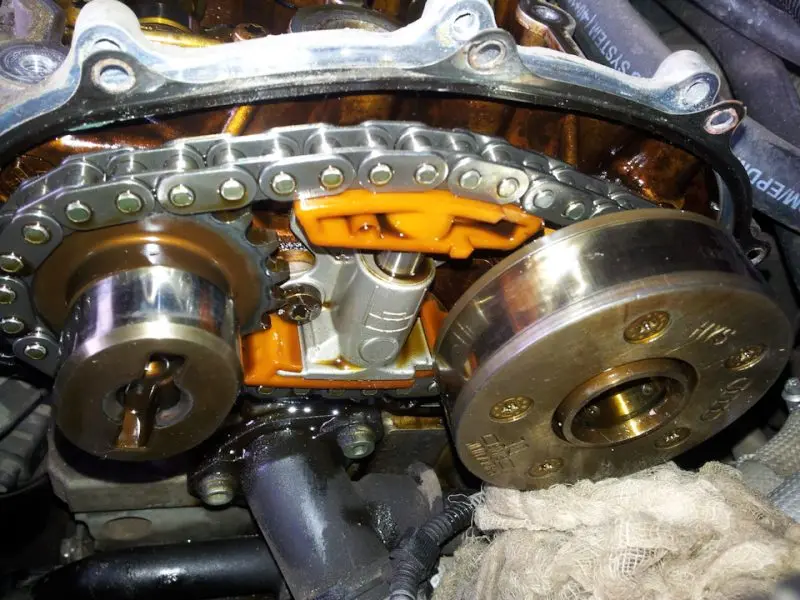
The device and principle of operation of the CVVT system
Content
Any 4-stroke internal combustion engine is equipped with a gas distribution mechanism. How it works is already there separate review... In short, this mechanism is involved in determining the sequence of cylinder firing (at what moment and for how long to supply a mixture of fuel and air to the cylinders).
The timing uses camshafts, the shape of the cams of which remains constant. This parameter is calculated at the factory by engineers. It influences the moment at which the corresponding valve opens. This process is not affected by either the number of revolutions of the internal combustion engine, nor the load on it, nor the composition of the MTC. Depending on the design of this part, the valve timing can be set for a sporty driving mode (when the intake / exhaust valves open to a different height and have a different timing from the standard) or measured. Read more about camshaft modifications. here.
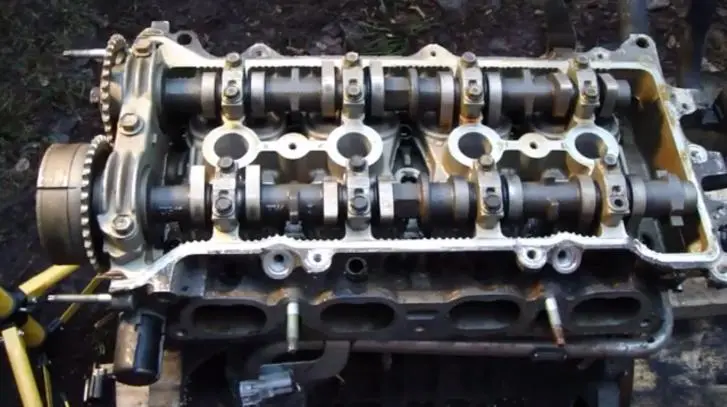
The most optimal moment for the formation of a mixture of air and gasoline / gas (in diesel engines, VTS is formed directly in the cylinder) in such engines directly depends on the design of the cams. And this is the key disadvantage of such mechanisms. During the movement of the car, the engine works in different modes, then mixture formation does not always occur efficiently. This feature of the motors prompted engineers to develop a phase shifter. Consider what kind of CVVT mechanism it is, what is its principle of operation, its structure, and common malfunctions.
What are engines with CVVT clutch
In short, a motor equipped with a cvvt mechanism is a power unit in which the timing phases change depending on the loads on the engine and the crankshaft speed. This system began to gain popularity back in the 90s. last century. The gas distribution mechanism of an increasing number of internal combustion engines received an additional device that corrected the angle of the camshaft position, and thanks to this, it could provide a lag / advance in the actuation of the intake / exhaust phases.
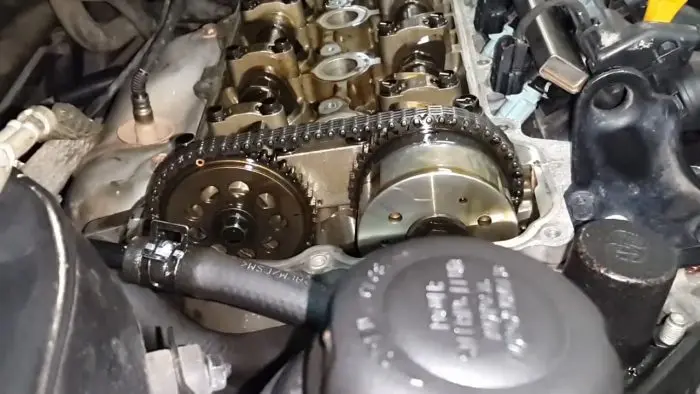
The first development of such a mechanism was tested on the 1983 Alfa Romeo models. Subsequently, many of the leading automakers have adopted this idea. Each of them used a different phase shifter drive. It could be a mechanical version, a hydraulically driven version, an electrically controlled version, or a pneumatic version.
Typically, the cvvt system is used on internal combustion engines from the DOHC family (in them, the valve timing mechanism has two camshafts, each of which is designed for its own group of valves - intake or exhaust systems). Depending on the modification of the drive, the phase shifter adjusts the operation of either only the intake or exhaust valve group, or for both groups.
CVVT system device
Automakers have already developed several modifications of the phase shifters. They differ in design and drive.
The most common are options that work on the principle of a hydraulic ring that changes the degree of tension of the timing chain (for more information on which car models are equipped with a timing chain instead of a belt, read here).
The CVVT system provides continuous variable timing. This ensures that the cylinder chamber is properly filled with a fresh portion of the air / fuel mixture, regardless of the crankshaft speed. Some modifications are designed to operate only the intake valve group, but there are also options that affect the exhaust valve group as well.
The hydraulic type of phase shifters has the following device:
- Solenoid control valve;
- Oil filter;
- Hydraulic clutch (or an actuator that receives a signal from the ECU).
To ensure maximum accuracy of the system, each of its elements is installed in the cylinder head. A filter is needed in the system, since the mechanism works due to the pressure of the oil. It should be periodically cleaned or replaced as part of routine maintenance.
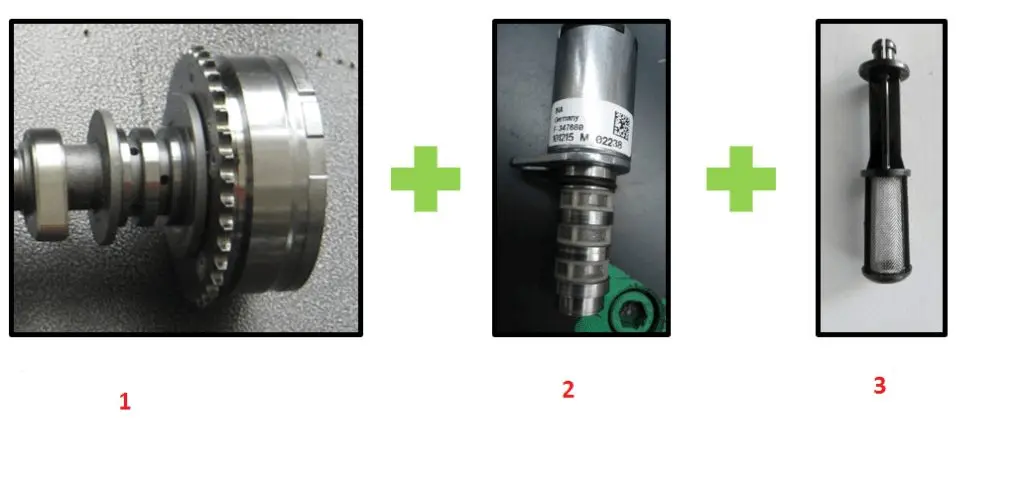
The hydraulic clutch can be installed not only on the inlet valve group, but also on the outlet. In the second case, the system is called DVVT (Dual). Additionally, the following sensors are installed in it:
- DPRV (captures each revolution of the camshaft / s, and transmits an impulse to the ECU);
- DPKV (records the speed of the crankshaft, and also transmits impulses to the ECU). The device, various modifications and the principle of operation of this sensor are described separately.
Based on the signals from these sensors, the microprocessor determines how much pressure should be in order for the camshaft to slightly change its angle of rotation from the standard position. Further, the impulse goes to the solenoid valve, through which oil is supplied to the fluid coupling. Some modifications of the hydraulic rings have their own oil pump, which regulates the pressure in the line. This arrangement of systems is smoother phase correction.
As an alternative to the system discussed above, some automakers equip their power units with a cheaper modification of phase shifters with a simplified design. It is operated by a hydraulically controlled clutch. This modification has the following device:
- Hydraulic clutch;
- Hall sensor (read about its work here). It is installed on the camshafts. Their number depends on the system model;
- Fluid couplings for both camshafts;
- A rotor installed in each clutch;
- Electro-hydraulic distributors for each camshaft.
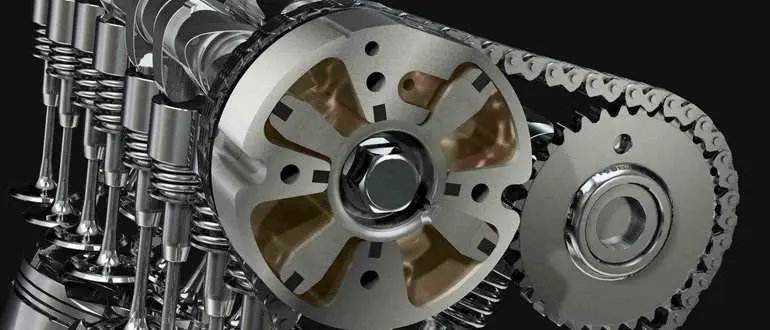
This modification works as follows. The phase shifter drive is enclosed in a housing. It consists of an inner part, a swirling rotor, which is attached to the camshaft. The outer part rotates due to the chain, and in some models of units - the timing belt. The drive element is connected to the crankshaft. There is an oil-filled cavity between these parts.
The rotation of the rotor is ensured by the pressure in the lubrication system. Due to this, there is an advance or lag of the gas distribution. There is no individual oil pump in this system. The oil supply is provided by the main oil blower. When the engine speed is low, the pressure in the system is less, so the intake valves are opened later. The release also occurs later. As the speed rises, the pressure in the lubrication system increases, and the rotor turns slightly, due to which the release occurs earlier (valve overlap is formed). The intake stroke also starts earlier than at idle, when the pressure in the system is weak.
When the engine is started, and in some car models during the time when the internal combustion engine is idling, the rotor of the fluid coupling is blocked and has a rigid coupling with the camshaft. So that at the moment of starting the power unit, the cylinders are filled as efficiently as possible, the timing shafts are set to the low speed mode of the internal combustion engine. When the number of revolutions of the crankshaft increases, the phase shifter starts to work, due to which the phase of all cylinders is corrected at the same time.
In many modifications of hydraulic couplings, the rotor is locked due to the absence of oil in the working cavity. As soon as oil enters between the parts, under pressure they are disconnected from each other. There are motors in which a plunger pair is installed that connects / separates these parts, blocking the rotor.
CVVT coupling
In the design of the cvvt fluid coupling, or phase shifter, there is a gear with sharp teeth, which is fixed to the body of the mechanism. The timing belt (chain) is put on it. Inside this mechanism, the gear is connected to a rotor rigidly attached to the shaft of the gas distribution mechanism. There are cavities between these elements, which are filled with oil while the unit is running. From the pressure of the lubricant in the line, the elements are disconnected, and a slight displacement of the angle of rotation of the camshaft.
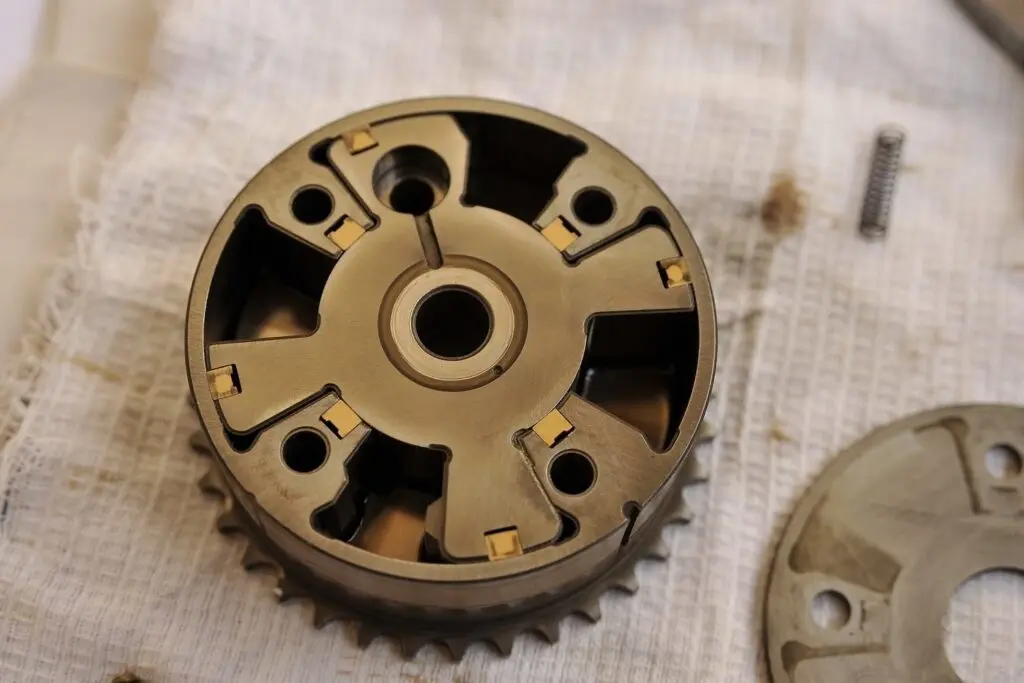
The clutch device consists of:
- Rotor;
- Stator;
- Locking pin.
The third part is needed so that the phase shifter allows the motor to go into emergency mode if necessary. This happens, for example, when the oil pressure drops dramatically. At this point, the pin moves into the groove of the drive sprocket and rotor. This hole corresponds to the center position of the camshaft. In this mode, the efficiency of mixture formation will be observed only at medium speeds.
How the VVT Control Valve Solenoid Works
In the cvvt system, a solenoid valve is needed in order to control the pressure of the lubricant entering the working cavity of the phase shifter. The mechanism has:
- Plunger;
- Connector;
- Spring;
- Housing;
- Valve;
- Oil supply and drainage channels;
- Winding.

Basically, it is a solenoid valve. It is controlled by the microprocessor of the car's on-board system. Impulses are received from the ECU, from which the electromagnet is triggered. The spool moves through the plunger. The direction of oil flow (goes through the corresponding channel) is determined by the position of the spool.
Principle of operation
In order to understand what the operation of the phase shifter is, we will deal with the valve timing process itself, when the operating mode of the motor changes. If we conditionally divide them, then there will be five such modes:
- Idling turns. In this mode, the timing drive and the crank mechanism have minimum revolutions. To prevent a large amount of exhaust gases from entering the intake tract, it is necessary to change the delay angle towards a later opening of the intake valve. Thanks to this adjustment, the engine will run more stably, its exhaust will be minimally toxic, and the unit will not consume more fuel than it should.
- Small loads. In this mode, valve overlap is minimal. The effect is the same: into the intake system (read more about it here), a minimum amount of exhaust gases enters, and the operation of the motor is stabilized.
- Medium loads. In order for the unit to operate stably in this mode, it is necessary to provide a greater valve overlap. This will minimize pumping loss. This adjustment allows more exhaust gases to enter the intake tract. This is necessary for a small value of the temperature of the medium in the cylinder (less oxygen in the composition of the VTS). By the way, for this purpose, a modern power unit can be equipped with a recirculation system (read about it in detail separately). This reduces the content of nitrogenous oxides.
- High loads at low speeds. At this point, the intake valves should close earlier. This increases the amount of torque. Overlapping of valve groups should be absent or minimal. This will allow the motor to respond more clearly to throttle movement. When the car is moving in a dynamic flow, this factor is of great importance for the engine.
- High loads at high crankshaft speeds. In this case, the maximum power of the internal combustion engine should be removed. For this, it is important that the valve overlap occurs near the TDC of the piston. The reason for this is that maximum power needs as much BTC as possible in the short period while the intake valves are open.
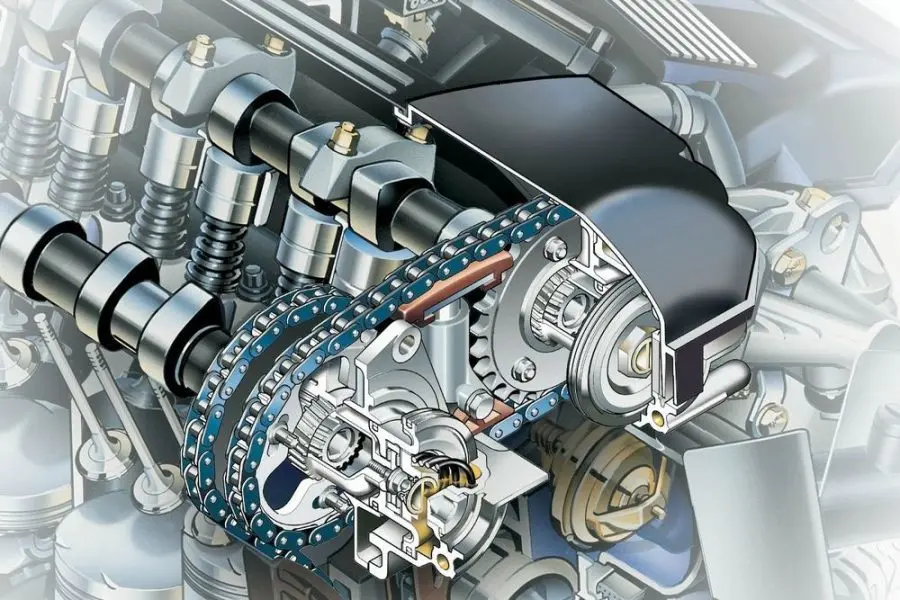
During the operation of the internal combustion engine, the camshaft must provide a certain valve overlap rate (when both the inlet and outlet openings of the operating cylinder are open at the same time on the intake stroke). However, for the stability of the VTS combustion process, the efficiency of filling the cylinders, the optimal fuel consumption and the minimum harmful emissions, it is required that this parameter should not be standard, but changed. So in the XX mode, valve overlap is not required, because in this case a certain amount of fuel will enter the exhaust tract unburned, from which the catalyst will suffer over time (it is described in detail here).
But with an increase in speed, the combustion process of the air-fuel mixture is observed to increase the temperature in the cylinder (more oxygen in the cavity). So that this effect does not lead to detonation of the motor, the volume of the VTS should remain the same, but the amount of oxygen should decrease slightly. For this, the system allows the valves of both groups to remain open for some time, so that part of the exhaust gases flows into the intake system.
This is exactly what the phase regulator does. The CVVT mechanism operates in two modes: lead and lag. Let's consider what their feature is.
Advance
Since the clutch design has two channels through which oil is supplied, the modes depend on how much oil is in each cavity. When the engine starts, the oil pump starts to build up pressure in the lubrication system. The substance flows through the channels to the solenoid valve. The valve flap position is controlled by impulses from the ECU.
To change the angle of rotation of the camshaft in the direction of the advance of the phase, the valve flap opens the channel through which the oil enters the fluid coupling chamber, which is responsible for the advance. At the same moment, to eliminate back pressure, oil is pumped out of the second chamber.
Lag
If necessary (recall that this is determined by the microprocessor of the on-board system of the car based on programmed algorithms), open the intake valves a little later, a similar process occurs. Only this time, the oil is pumped out of the lead chamber and pumped into the second fluid coupling chamber through the channels intended for it.
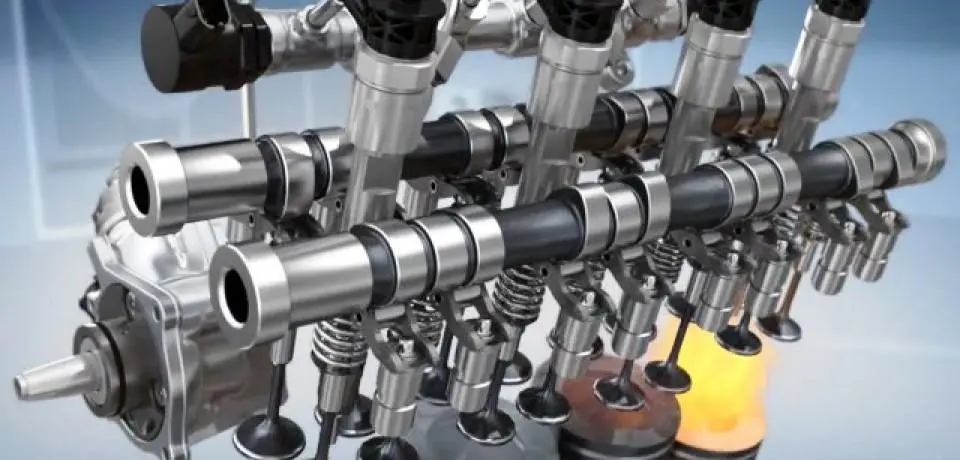
In the first case, the rotor of the fluid coupling turns against the rotation of the crankshaft. In the second case, the action takes place in the direction of rotation of the crankshaft.
CVVT logic
The peculiarity of the CVVT system is to ensure the most efficient filling of the cylinders with a fresh portion of the air-fuel mixture, regardless of the crankshaft speed and the load on the internal combustion engine. Since there are several modifications of such phase shifters, the logic of their operation will be somewhat different. However, the general principle remains unchanged.
The whole process is conventionally divided into three modes:
- Idle mode. At this stage, the electronics causes the phase shifter to rotate so that the intake valves open later. This is necessary to make the motor run more smoothly.
- Average RPM. In this mode, the camshaft must be in the middle position. This provides lower fuel consumption compared to conventional engines in this mode. In this case, there is not only the most effective return from the internal combustion engine, but also its emission will not be so harmful.
- High and maximum speed mode. In this case, the maximum power of the power unit must be removed. To ensure this, the system cranks the camshaft towards the earlier opening of the intake valves. In this mode, the intake should be triggered earlier and last longer, so that for a critically short period of time (it is due to the high crankshaft speed), the cylinders continue to receive the required volume of VTS.
Major faults
To list all failures associated with the phase shifter, it is necessary to consider a specific modification of the system. But before it is worth mentioning that some of the symptoms of CVVT failure are identical to other malfunctions of the power unit and related systems, for example, ignition and fuel supply. For this reason, before proceeding with the repair of the phase shifter, it is necessary to make sure that these systems are in good working order.
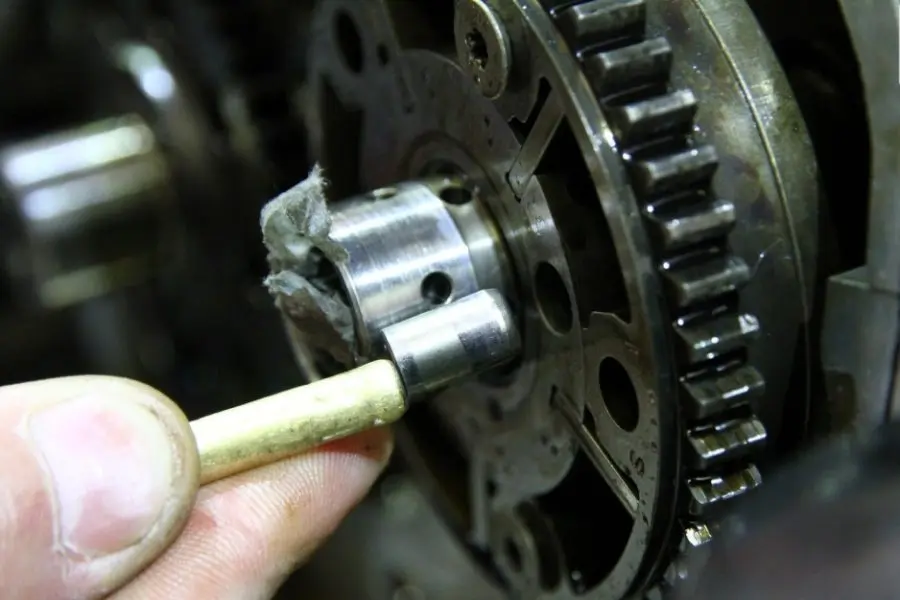
Consider the most common CVVT system malfunctions.
Phase sensor
In systems that change the valve timing, phase sensors are used. The two most commonly used sensors are one for the intake camshaft and the other for the exhaust camshaft. The function of the DF is to determine the position of the camshafts in all modes of engine operation. Not only the fuel system is synchronized with these sensors (the ECU determines at what point to spray the fuel), but also the ignition (the distributor sends a high-voltage pulse to a specific cylinder to ignite the VTS).
Failure of the phase sensor leads to an increase in engine power consumption. The reason for this is that the ECU does not receive a signal when the first cylinder begins to execute a particular stroke. In this case, the electronics initiates paraphase injection. This is when the moment of fuel supply is determined by pulses from the DPKV. In this mode, the injectors are triggered twice as often.

Thanks to this mode, the motor will continue to work. Only the formation of an air-fuel mixture does not occur at the most efficient moment. Because of this, the power of the unit decreases, and the fuel consumption increases (how much, it depends on the car model). Here are the signs by which you can determine the breakdown of the phase sensor:
- Fuel consumption has increased;
- The toxicity of exhaust gases has increased (if the catalyst ceases to cope with its function, this symptom will be accompanied by a characteristic smell from the exhaust pipe - the smell of unburned fuel);
- The dynamics of the internal combustion engine has decreased;
- Unstable operation of the power unit is observed (more noticeable in the XX mode);
- On the tidy, the engine emergency mode lamp came on;
- Difficulty starting the engine (for several seconds of the starter's operation, the ECU does not receive a pulse from the DF, after which it switches to the paraphase injection mode);
- There is a disruption in the operation of the motor self-diagnosis system (depending on the car model, this occurs at the moment the internal combustion engine is started, which takes up to 10 seconds);
- If the machine is equipped with HBO of the 4th generation and higher, interruptions in the operation of the unit are observed more acutely. This is due to the fact that the vehicle control unit and the LPG unit work inconsistently.
DF mainly breaks down due to natural wear and tear, as well as due to high temperatures and constant vibrations. The rest of the sensor is stable, as it works on the basis of the Hall effect.
Error code for loss of camshaft timing
In the process of diagnosing the on-board system, the equipment may record this error (for example, in the on-board system of Renault cars, it corresponds to the DF080 code). It means a violation of the timing of the displacement of the angle of rotation of the intake camshaft. This is when the system turns it harder than the ECU indicated.
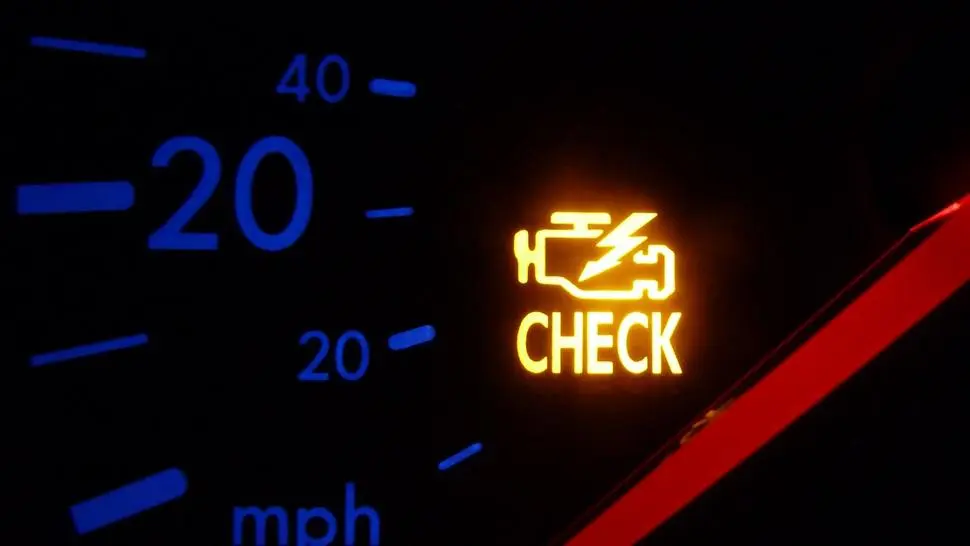
The symptoms of this error are:
- Engine alarm on tidy;
- Too high or floating idle speed;
- The engine is difficult to start;
- The internal combustion engine is unstable;
- In certain modes, the unit stalls;
- Knocks are heard from the engine;
- Fuel consumption increases;
- The exhaust does not meet environmental standards.
Error P0011 may occur due to dirty engine oil (grease change is not made on time) or its low level. Also, a similar code appears when the phase shifter wedge is in one position. It is worth considering that the electronics of different car models are different, therefore, the code of this error may also differ. In many models, it has the symbols P0011 (P0016).
Solenoid valve
Oxidation of contacts is most often observed in this mechanism. This malfunction is eliminated by checking and cleaning the contact chip of the device. Less common is a valve wedge in a particular position, or it may not fire when energized. If a valve from another system modification is installed on the phase shifter, it may not work either.
To check the solenoid valve, it is dismantled. Next, it is checked whether its stem moves freely. To do this, we connect two wires to the valve contacts and for a short time (no longer than one or two seconds so that the valve winding does not burn out) we close it at the battery terminals. If the valve is working, a click will be heard. Otherwise, the part must be replaced.
Lubrication pressure
Although this breakdown does not concern the serviceability of the phase shifter itself, the effective operation of the system depends on this factor. If the pressure in the lubrication system is weak, the rotor will not turn the camshaft enough. Usually, this is rare, subject to the lubrication change schedule. For details on when to change the oil in the engine, read separately.
Phase regulator
In addition to a malfunction of the solenoid valve, the phase shifter itself can jam in one of the extreme positions. Of course, with such a malfunction, the car can be continued to operate. You just need to remember that a motor with a phase regulator frozen in one position will work in the same way as if it were not equipped with a variable valve timing system.
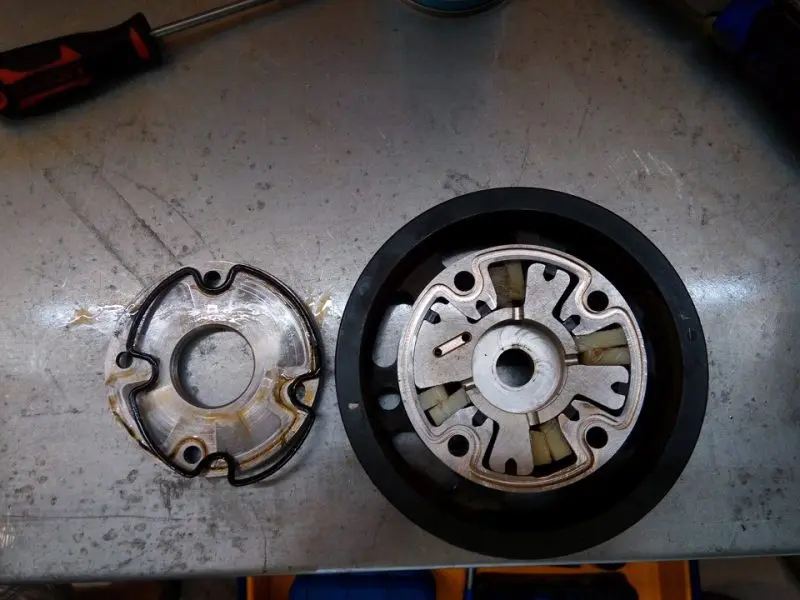
Here are some signs that the phase regulator is completely or partially broken:
- The timing belt works with extraneous noise. As some motorists who have encountered such a malfunction note, sounds are heard from the phase shifter that resemble the operation of a diesel unit.
- Depending on the position of the camshaft, the engine will have unstable rpm (idle, medium or high). In this case, the output power will be noticeably lower. Such an engine can work well in XX mode, and lose dynamics during acceleration, and vice versa: in a sport driving mode, be stable, but when the gas pedal is released, it starts to "choke".
- Since the valve timing does not adjust to the operating mode of the power unit, the fuel from the tank will drain faster (in some car models this is not so noticeably observed).
- Exhaust gases become more toxic, accompanied by a pungent smell of unburned fuel.
- When the engine warms up, floating speed is observed. At this point, the phase shifter may emit a stronger crackle.
- Violation of the consistency of the camshafts, which is accompanied by a corresponding error, which can be seen during computer diagnostics (for how this procedure is performed, read in another review).
The phase regulator itself may fail due to natural wear of the blades. Usually this happens after 100-200 thousand. If the driver ignores the recommendations for changing the oil (the old grease loses its fluidity and contains more small metal chips), then the breakdown of the fluid coupling rotor can occur much earlier.
Also, due to wear of the metal parts of the turning mechanism, when a signal arrives at the actuator, the camshaft can turn more than the engine operating mode requires. Phaser efficiency is also affected by problems with the crankshaft and camshaft position sensors. Due to their incorrect signals, the ECU may incorrectly adjust the gas distribution mechanism to the engine operating mode.
Even less often, failures in the electronics of the on-board system of a car occur. Due to software failures in the ECU, it may give incorrect pulses or simply begin to fix errors, although there may not be any faults themselves.
Service
Since the phase shifter provides fine tuning of the motor operation, the efficiency of the operation of the power unit also depends on the serviceability of all its elements. For this reason, the mechanism needs periodic maintenance. The very first element that deserves attention is the oil filter (not the main one, but the one that cleans the oil going to the fluid coupling). On average, every 30 km of run it needs to be cleaned or replaced with a new one.
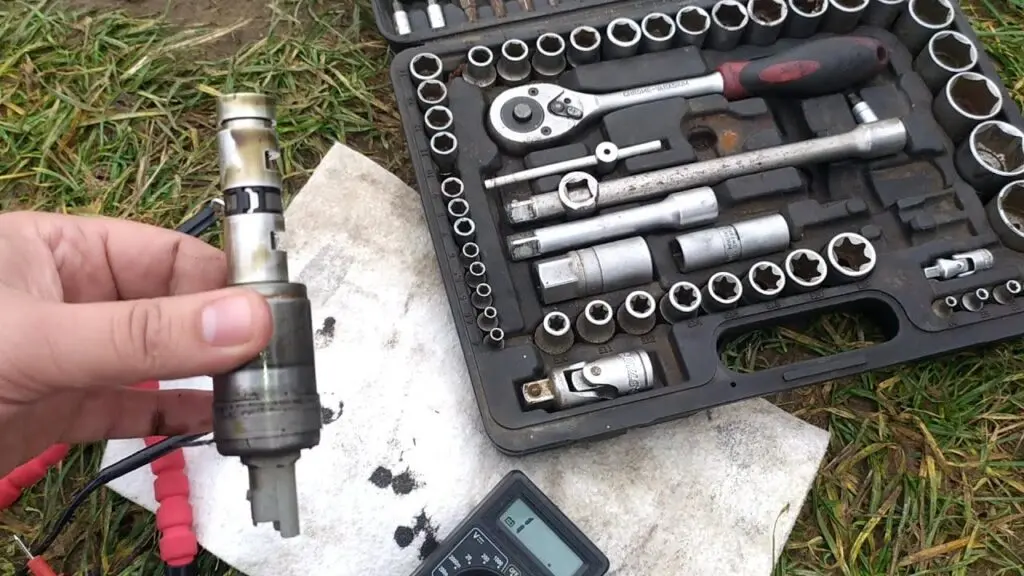
Although this procedure (cleaning) can be handled by any motorist, in some cars this element is difficult to find. Often it is installed in the line of the engine lubrication system in the gap between the oil pump and the solenoid valve. Before dismantling the filter, we recommend that you first look in the instructions for how it looks. In addition to cleaning the element, you need to make sure that its mesh and body are not damaged. When carrying out work, it is important to be careful, since the filter itself is quite fragile.
Advantages and disadvantages
Many motorists have a question about the possibility of turning off the variable valve timing system. Of course, the master at the service station can easily turn off the phase shifter, but no one can subscribe to this solution, since you can be 100 percent sure that in this case the motor will become unstable. There can be no question of guarantees for the serviceability of the power unit during further operation without a phase shifter.
So, the advantages of the CVVT system include the following factors:
- It provides the most efficient filling of cylinders in any operating mode of the internal combustion engine;
- The same applies to the efficiency of combustion of the air-fuel mixture and the removal of maximum power at different speeds and engine loads;
- The toxicity of exhaust gases is reduced, since in different modes, the MTC burns out completely;
- Decent fuel economy can be observed, depending on the engine type, despite the large volumes of the unit;
- The car always remains dynamic, and at higher revs, an increase in power and torque is observed.
Despite the fact that the CVVT system is designed to stabilize the operation of the motor at different loads and speeds, it is not without several disadvantages. Firstly, in comparison with the classic motor with one or two camshafts in the timing, this system is an additional amount of parts. This means that another unit is added to the car, which requires attention when servicing the transport and an additional potential area of breakdowns.
Secondly, the repair or replacement of the phase shifter must be carried out by a qualified technician. Thirdly, since the phase shifter electronically provides a finer tuning of the operation of the power unit, its cost is high. And in conclusion, we suggest watching a short video on why a phase shifter is needed in a modern motor, and how it works:
Questions and answers:
What is CVVT? This is a system that changes valve timing (Continuous Variable Valve Timing). It adjusts the opening times of the intake and exhaust valves according to the vehicle speed.
What is CVVT Coupling? This is the key actuator for the variable valve timing system. It is also called a phase shifter. It shifts the valve opening moment.
What is Dual CVVT? This is a modification of the variable valve timing system. Dual - double. This means that two phase shifters are installed in such a timing belt (one for the intake, the other for the exhaust valves).
